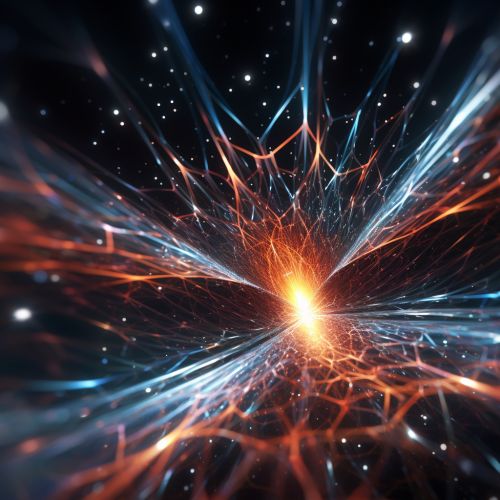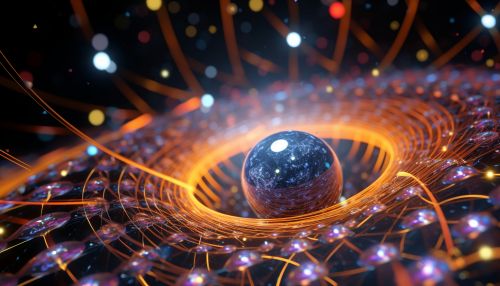Baryons
Introduction
Baryons are a class of subatomic particles that includes protons and neutrons, which are the building blocks of atomic nuclei. They belong to the family of hadrons, which are particles that interact via the strong nuclear force. Baryons are distinguished from other types of hadrons, such as mesons, by their greater mass and their behavior in certain types of particle interactions.


Classification
Baryons are classified according to the quark content. They are made up of three quarks, unlike mesons which are composed of a quark and an antiquark. The different types of baryons are determined by the types and arrangement of the quarks within them.
Properties
Baryons have a number of distinct properties that set them apart from other subatomic particles. These include their spin, charge, mass, and baryon number. The baryon number is a quantum number that represents the number of baryons minus the number of antibaryons in a system. For all known baryons, this number is +1.
Types of Baryons
There are many different types of baryons, including the proton, neutron, and various types of hyperons. Each of these has its own unique set of properties and behaviors.
Protons
Protons are one of the most well-known types of baryons. They are positively charged and are one of the main components of atomic nuclei. Protons are composed of two up quarks and one down quark.
Neutrons
Neutrons are another common type of baryon. They are neutral in charge and, like protons, are a key component of atomic nuclei. Neutrons are composed of one up quark and two down quarks.
Hyperons
Hyperons are a type of baryon that contain one or more strange quarks. They are heavier than protons and neutrons and are typically produced in high-energy particle accelerators or in cosmic ray interactions.
Baryon Interactions
Baryons interact with each other and with other particles through the four fundamental forces of nature: gravity, electromagnetism, the strong nuclear force, and the weak nuclear force. The strong nuclear force is the most important for baryons, as it is responsible for holding the quarks together within the baryons and for holding protons and neutrons together within atomic nuclei.
Baryogenesis
Baryogenesis is the theoretical process that led to an imbalance between baryons and antibaryons in the early universe, resulting in the predominance of matter over antimatter that we observe today. Despite extensive research, the exact mechanisms behind baryogenesis remain a mystery.
